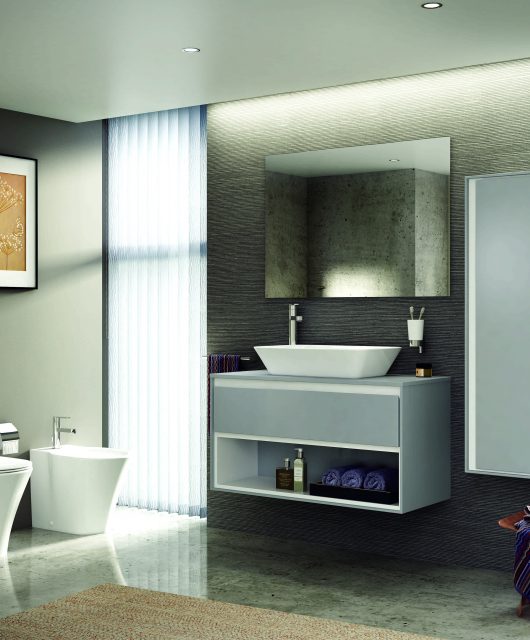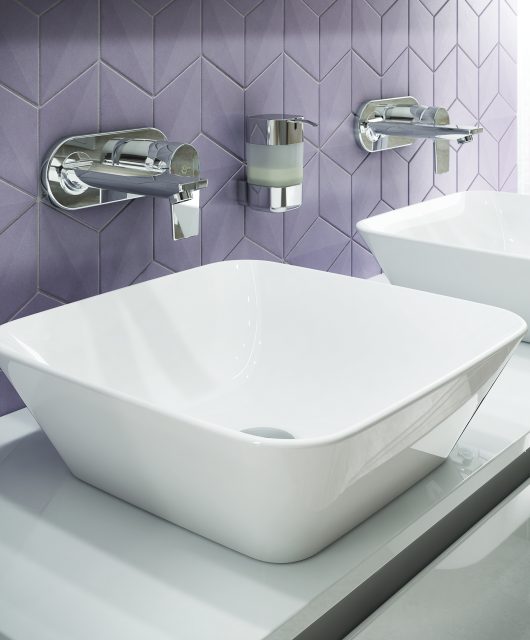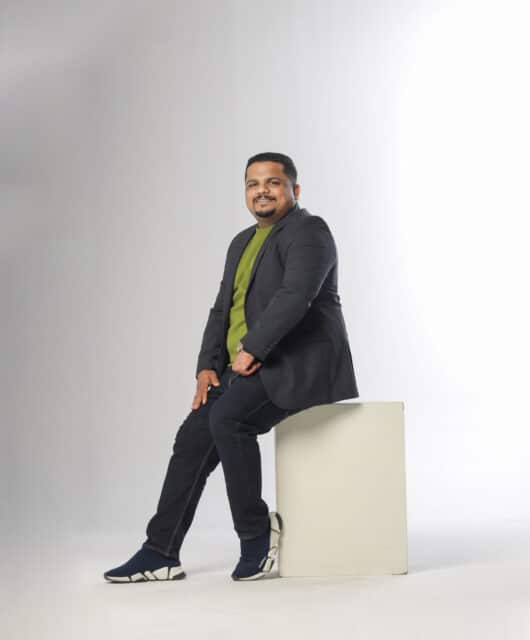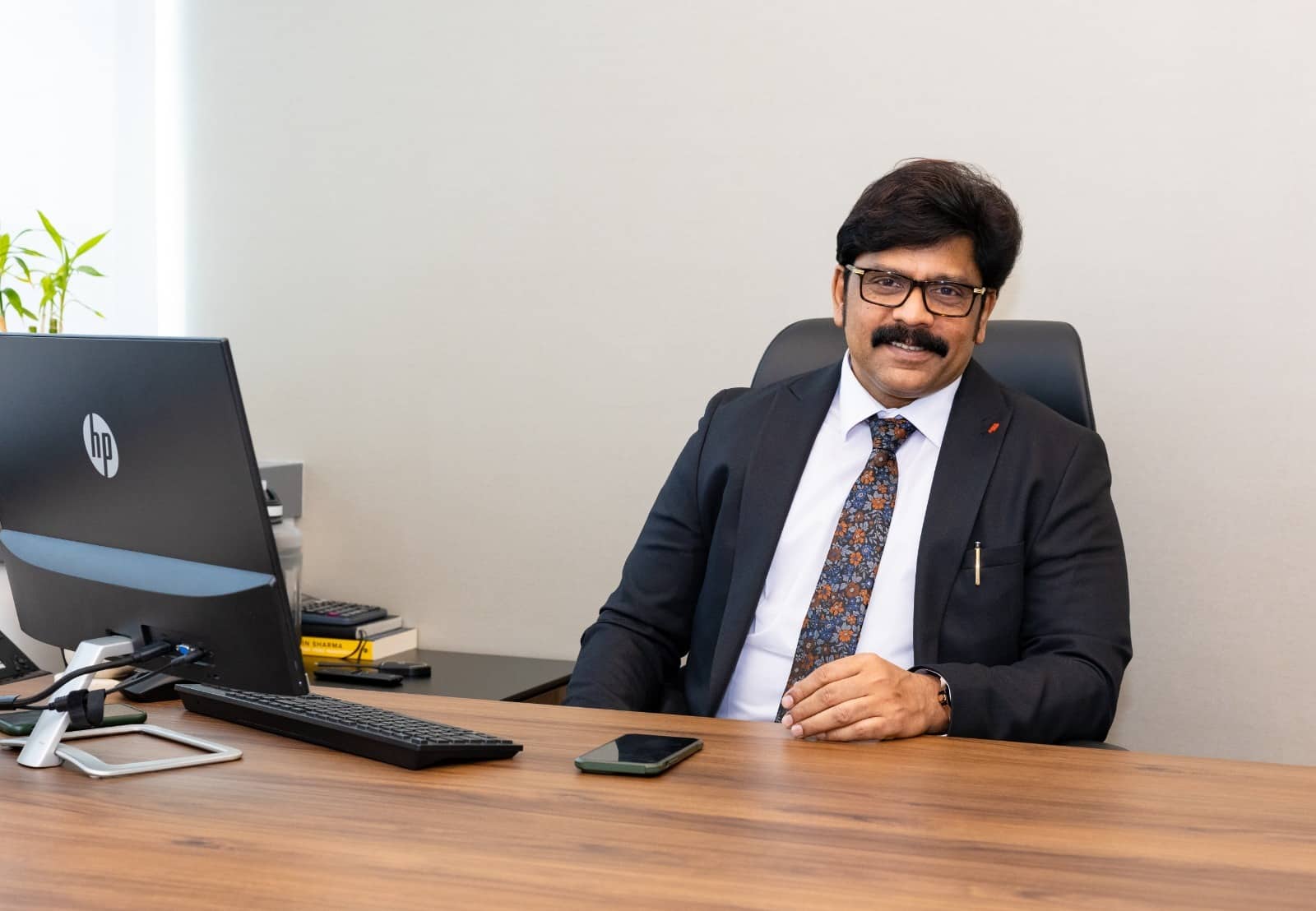Making a Splash
 “A friend of mine described bathroom design as the sculpture business, and in a curious way, it’s very sculptural and for every single piece that we design, we make a model in the studio, a full-size, one-to-one model. All the things in my studio we design – cups and saucers, bowls and plates, all the way through to bathroom products – they’re all items that we physically interact with. You hold them, you touch them, you pick them up and that’s in a way what I love doing most.”
“A friend of mine described bathroom design as the sculpture business, and in a curious way, it’s very sculptural and for every single piece that we design, we make a model in the studio, a full-size, one-to-one model. All the things in my studio we design – cups and saucers, bowls and plates, all the way through to bathroom products – they’re all items that we physically interact with. You hold them, you touch them, you pick them up and that’s in a way what I love doing most.”
Levien’s Studio sanitary ware line, released in 1986 for Ideal Standard International, was phenomenally successful – in the UK, it was the bestselling suite for over two decades. In November, he flew into Dubai for the launch of
the company’s new showroom and unveiled his 2017 range for the 100-year-old firm, Connect Air. It’s an update on the 1993 line Connect, now almost a brand in its own right. From his award winning Space collection, intended for smaller
bathrooms, to his San Remo and Tesi lines, Levien has brought modern bathroom design to the mainstream – and producing for the mass market comes with its own challenges.
“It’s incredibly important that what you design for it actually works in volume – it’s not a niche market,” he says. “It has to be a product that can be used by many people in many different ways. But that’s my favourite kind of design – I love the idea of making a design popular. For me, if lots of people choose it and want to have it in their homes, that’s enough for me – I’m thrilled.”
Changing times
Ideal Standard’s Connect Air modular system for 2017 offers 150 complementary products. Basins, for instance, include the smooth, streamlined shape of Cube, the gracefully curved Arc and the fully rounded Sphere; various vanity and countertop options are also available. It’s a far cry from Levien’s first collaboration with the firm, the Studio line, more than 30 years ago. “It had 15 items, all designed at the same time, and that was really a big, big story – it got on the front page of Design magazine in the UK,” he recalls. 
“The toilet was invented 150 years ago and it hasn’t really changed that much, so why do we need a new one? But it’s the same as when you buy another blouse or a pair of shoes – you’re looking for the latest style. You only have to look at products from 10 years ago to realise they’re continually evolving.” While acrylic sanitary ware is cheaper to produce, ceramic typically remains the first choice once price considerations are pushed aside. Why has its popularity endured?







